The Exorcist
The Exorcist was the first film that I saw at the cinema that made me realise the power of the medium. It was a midnight showing in 1998 of the re-released film and I left at about 2am, looked up at the clear night sky and tried to make sense of what I had seen. When the DVD was released the following year, I bought it straight away and have probably watched it more times than any other I own.
The film begins with a prologue of sorts in Iraq where an elderly man, who we later learn is Father Lancester Merrin, is supervising an excavation. He uncovers an amulet of a fierce looking demon, later revealed to be Pazuzu, a huge statue of whom stands nearby. Merrin's reaction suggests both fear and recognition and a wonderful shot shows him confronting the statue in a sign of things to come.
Abruptly cutting to Georgetown, a suburb of Washington D.C., where Chris MacNeil is shooting a film about student rebellion, reflecting the generation gap of the day. She is balancing work with raising her twelve year old daughter Regan, a lively and loving young girl who has a close and normal relationship with her mother. Soon things in the MacNeil household prove to be not quite right as Chris hears scratching in the attic, Regan is often found sleeping with her covers down and her windows open but slightly odd becomes very odd when Regan walks into the tail end of a party her mother has hosted, looks at an astronaut and tells him that 'You're going to die up there' before urinating on the floor.
Her behaviour steadily worsens, to include a violent temper and ferocious spasms, forcing Chris to seek medical help. At first doctors attribute the change in her daughter to a suspected lesion in the temporal lobe of the brain and try a variety of tests from Ritalin to almost barbaric spinal taps and brain scans. When Regan's condition continues to deteriorate and no evidence of a lesion is found, the doctors suggest than an exorcism may help to 'shock' Regan back to normality.
This brings Chris into contact with Father Damien Karras, the university's psychiatric counsellor, who is suffering his own crisis of faith and doubts about both his own sexuality and vocation. Karras, a trained psychiatrist, has no belief in exorcism and has never met a priest who has performed one but is convinced by Chris to have a look at her daughter neither as a priest nor doctor to see what he thinks. Karras is met by a horribly mutated figure that claims to be the devil, exhibits telekinesis, inexplicable knowledge of events and vomits green bile over him. A subsequent visit convinces the sceptical Karras that an exorcism is the answer and the Church agrees to the ritual as long as it's performed by Father Merrin with Karras assisting as Merrin has experience and Karras, a doctor, knows the background.
The scene is set for a battle between old foes Merrin and Pazuzu with Regan's life at stake.
I've seen The Exorcist more times than I can remember and it hasn't lost its power to shock, amaze and horrify. I have studied it academically and read widely about the filming and the underlying themes, whether director William Friedkin and writer William Peter Blatty have much truck with them or not. I don't know how many times more times I'll see it but it will be a lot.
The Disc
Extra Features
One of the most interesting features is 'The Fear Of God: 25 Years of The Exorcist' documentary written and presented by Exorcist über-fan Mark Kermode who is curiously cut out of his own programme which is available, uncut, on the VHS version of the film and the sadly out of print R1 version. This covers most aspects of the film, the myths, the making of and its legacy.
The trailers and TV spots are interesting as they show how the film was marketed in 1973/4.
There are also brief interviews with William Friedkin and William Peter Blatty as they discuss their views of the film and how each views the differences between the film and the book/screenplay and whether the film would have been better had certain scenes been included. This is something that has been recently remedied with the release of The Exorcist: The Version You've Never Seen so you can now make your own mind up as to who's right.
The separate commentaries by Friedkin and Blatty are different and complement each other as Friedkin discusses the filmmaking side with Blatty talking about writing the book and the screenplay. Friedkin's commentary lasts the length of the film whereas Blatty speaks for about half the length of the film but, when he's finished, there are interesting sound tests with Mercedes McCambridge, who provided the voice of the demon.
The sketches and storyboards run automatically and lasts for just over two minutes.
The 'Reel recommendations' are trailers for: Beetlejuice, The Devil's Advocate, Fallen and Interview With the Vampire.
The Picture
A very good anamorphic 1.85:1 transfer which still has some evidence of grain but is able to showcase the terrific cinematography and doesn't diminish the power of the film. From the bright sky of Iraq to the dark of a subway station, the transfer is near top quality and befits such a great film. There is a slight amount of ghosting but this is really nit-picking as it is such a terrific visual spectacle which, together with the sound, is an assault on the senses with stunning special effects make up, prosthetics and rigs by Dick Smith, a master of the art who cut his teeth here.
The Sound
The Dolby Digital 5.1 is a crisp soundtrack which enables you to hear just about all of the dialogue via the centre channel but when the demonic possession begins and during the exorcism, the surrounds kick in to really grab your attention.
The sound design is incredibly complicated and extremely well done, cutting between moments of extreme noise to quiet and ongoing motifs of rhythmical banging, starting in the Iraqi blacksmith's, carrying on to the subway and onto the medical equipment. One of the stars and unsung heroes of the film is Mercedes McCambridge who provided the voice of the demon and put herself through an incredibly torturous series of methods to get the guttural voice right. It is stunning to see the twelve year old girl open her mouth and this inhuman voice come out which adds to the overall effect of turning Linda Blair into a foul creature that it would seem is really possessed by a demon.
Final Thoughts
The Exorcist is one of the most famous (or infamous) films in the horror genre and not so much a film as a phenomenon. Although I have watched it so many times I have lost count and it has been parodied many times since its release, its power to shock, scare and make me question my own lack of faith still remains.
I can't wait for a Blu-ray release containing both versions of the film, all commentaries, a new retrospective and Mark Kermode's excellent documentary in its uncut form. Until then I'll continue to watch this disc and The Version You've Never Seen on an alternating basis!

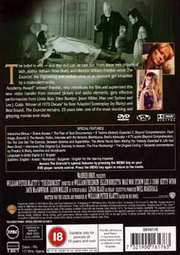
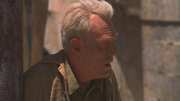
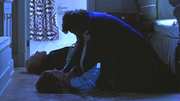
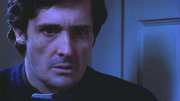
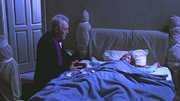
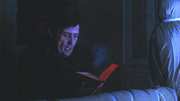
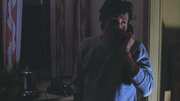
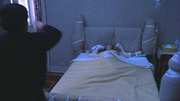
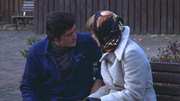
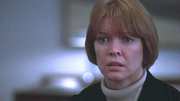

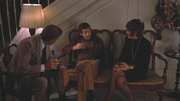
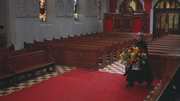
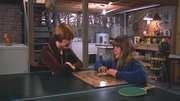
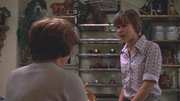

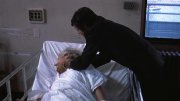

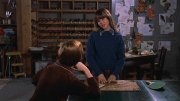
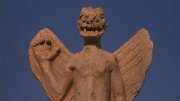
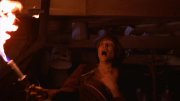
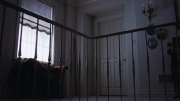
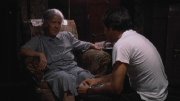

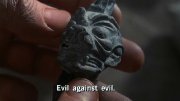
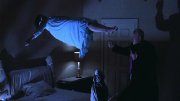
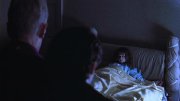
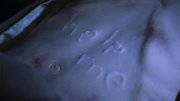
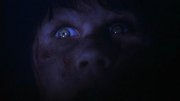
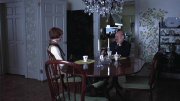
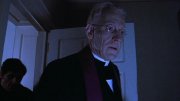
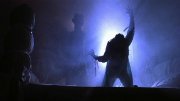


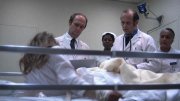


































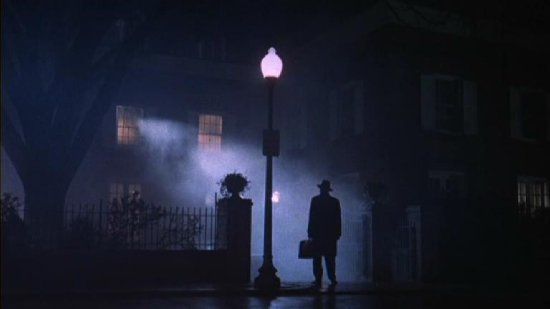

Your Opinions and Comments
Be the first to post a comment!